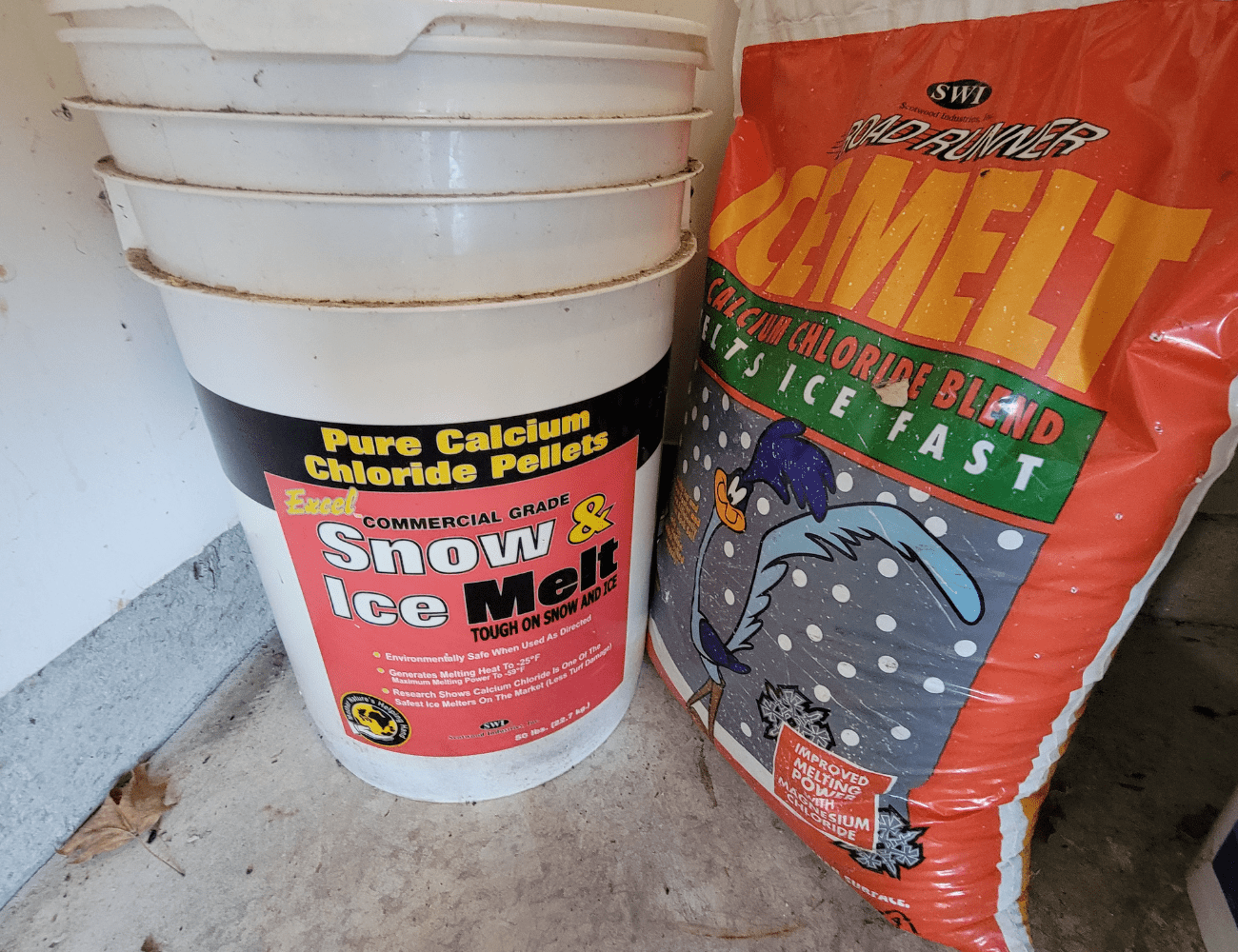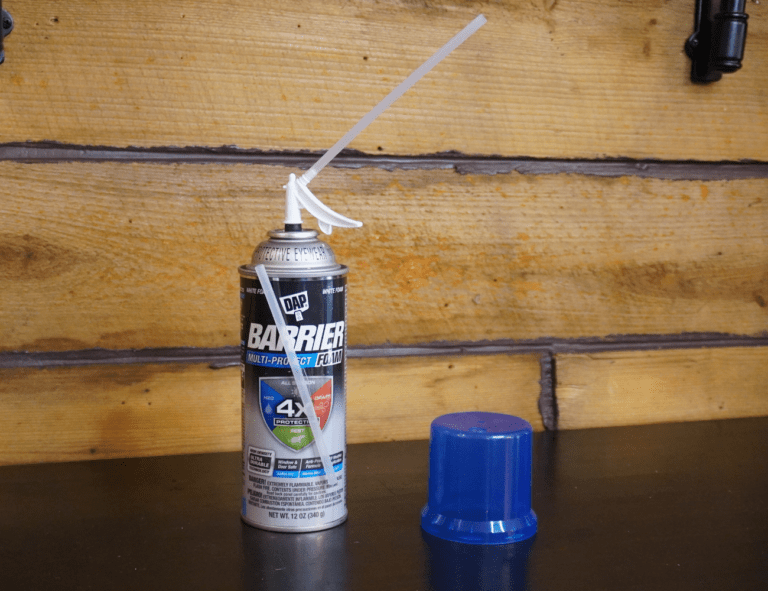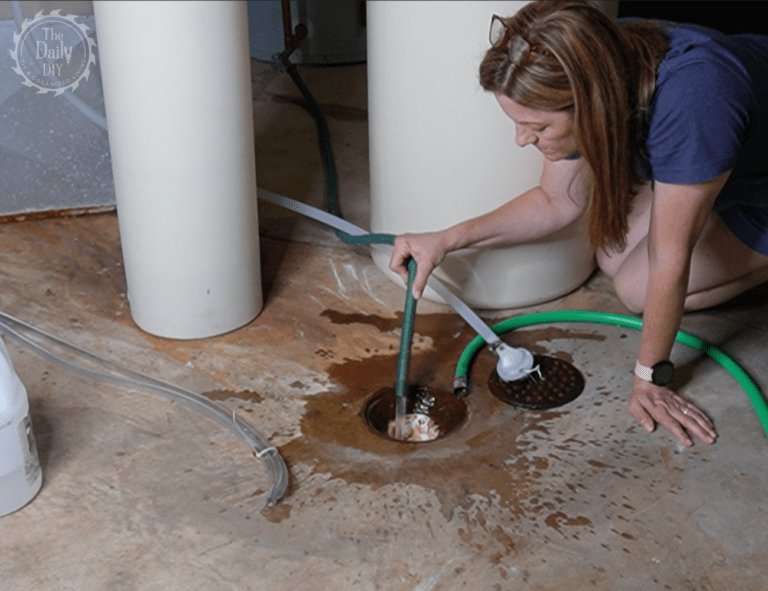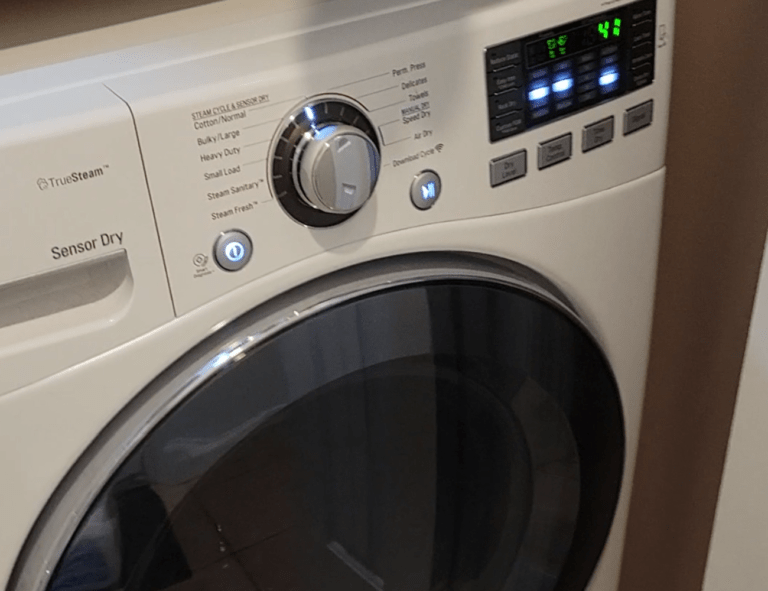11 Things To Do Now To Prepare For Winter
11 Things To Do Now To Prepare For Winter
Winter is almost upon us. For those of us in cooler climates, the cold weather, the chance for snow and ice, and shorter days can make for a long season. It’s best to get your home ready now so you won’t be caught off guard. Here are 11 things to do now to prepare your home for winter.
Protect AC Units
Your AC units do a lot during the warmer months keeping your home cool. In order to protect them during the harsh winter months, cover your central AC unit and cut the power to the unit. Turning off the breaker helps to ensure it doesn’t accidently get switched on and start running when it’s freezing outside.
As for window units, bring those inside to store during the winter. Keeping them out of the harsh weather prolongs their life.
Be sure to change your furnace filter at least when the seasons change, if not monthly.
Protect Outdoor Furniture
Lingering snow and ice on your outdoor furniture breaks down the materials faster. Prolong the life of your furniture by moving it indoors or cover. Place cushions and pillows in large trash bags for the purpose of keeping critters and dust out.
Get Shovels and Salt Ready
Who wants to get out and brave the icy roads to get supplies after the big snow storm has hit? With this in mind, get your snow shovels together now and place them where you can access them easily. Stock up on rock salt or ice melt.
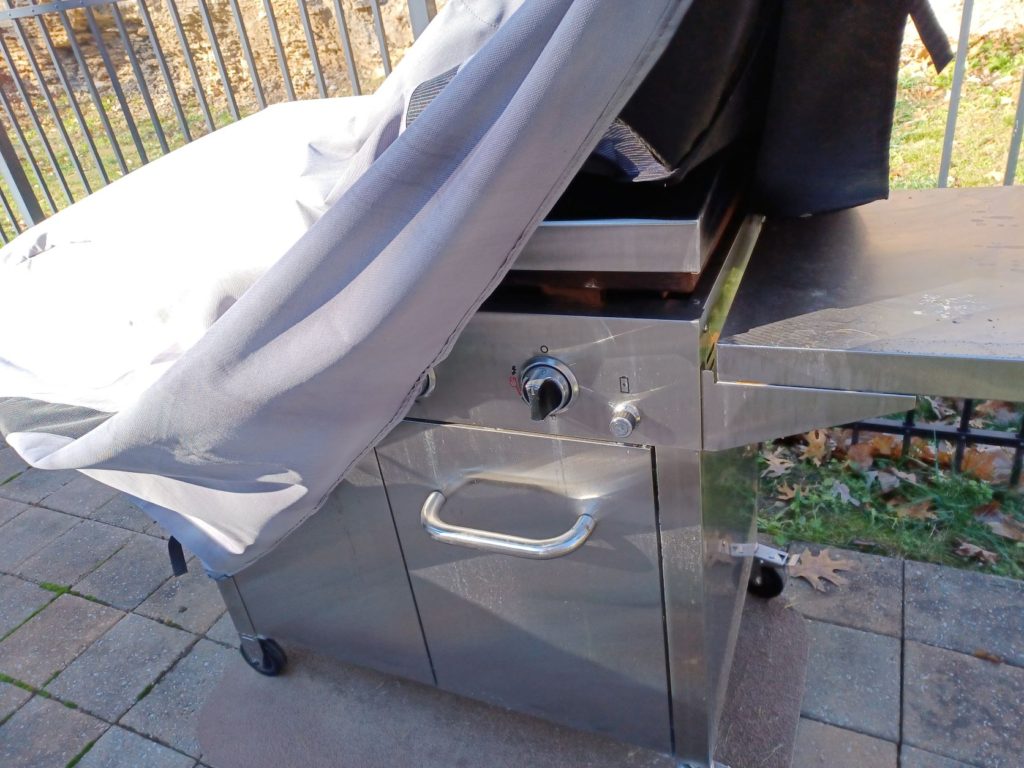
Clean and Store BBQ Grills
An easy way to keep your BBQ grill lasting a long time is to keep it covered, especially during the winter. A good cover not only keeps water off to help prevent rust, it also keeps critters from nesting in there during the cold months. If you do not use it during winter, clean it well before you cover it, or better yet store in the garage if you can.
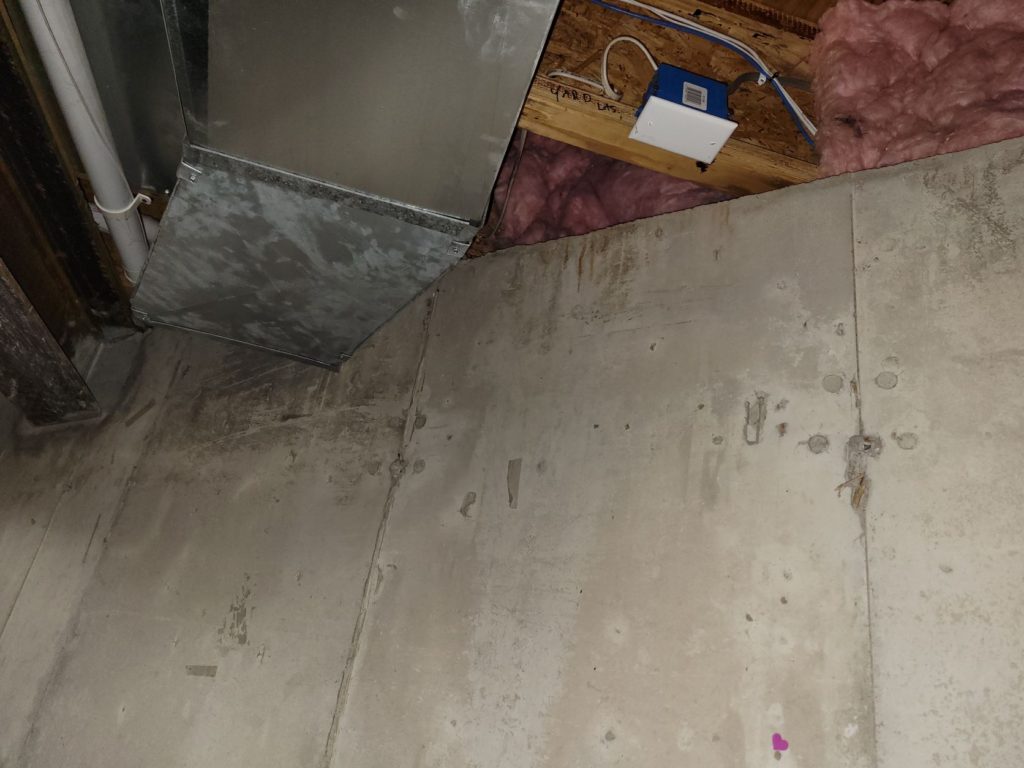
Check Out Your Basement
You might be surprised to learn that your basement or crawl space could spring a leak during the winter. Most might think this is not possible because the ground is frozen. However, because of hydrostatic pressure, and the heat that radiates from your basement, this issue can sneak up on you.
Temperatures fluctuate and are higher in your basement than outside of your home. This causes that heat to radiate outside and melt the snow and ice nearest your foundation. Add in hydrostatic pressure that is using gravity to pull that water downward, and trapping it between the ground and your basement walls. That water has no where else to go but in to your home. It seeps in through cracks and crevices in your foundation.
Perform a thorough inspection before the ice and snow come to spot any new cracks or issues that need to address.
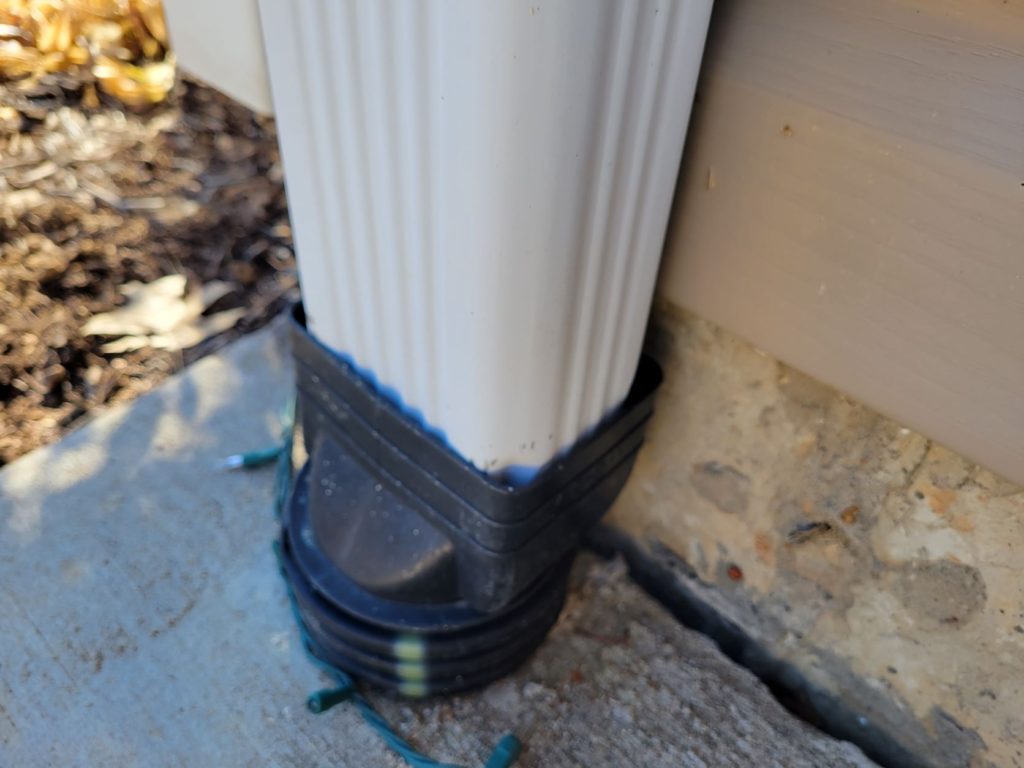
Inspect Roof, Gutters & Downspouts
The roof needs to be in top shape to take the weight of snow and ice. Perform a roof inspection to check for loose, missing or damaged shingles and schedule repairs if needed.
Inspect your gutters and downspouts too. Clean out any leaves and debris. Once that snow and ice starts melting it will need a place to go to be carried away from your home. Poorly installed, or clogged gutters and downspouts leave the water with no where to go but into the ground around your foundation. This adds to possible basement leaks mentioned above.
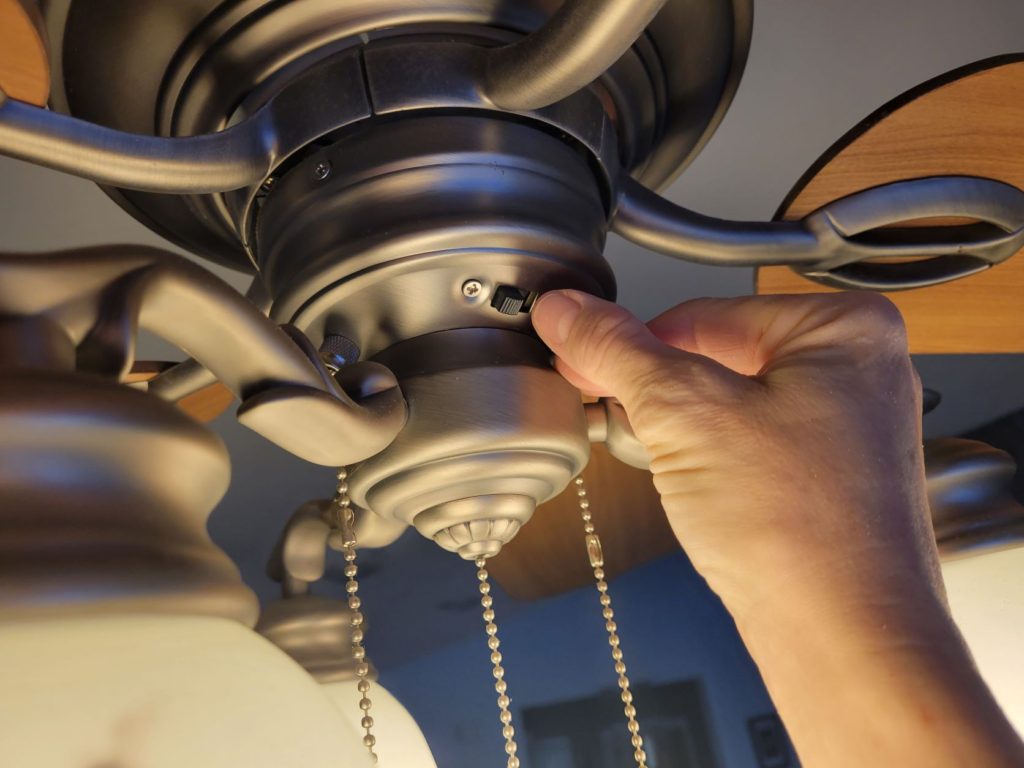
Reverse Ceiling Fan
Change the ceiling fan direction to run clockwise during the winter. Warm air rises to the top and becomes trapped. Running your ceiling fan on low speed in a clockwise direction will push that trapped air downward and help circulate it throughout the room better. As a result of this you’ll be able to set your thermostat just a bit lower and save on your energy costs. To find out how and why it’s important to reverse your ceiling fan, check out: Why Change Your Ceiling Fan Direction?
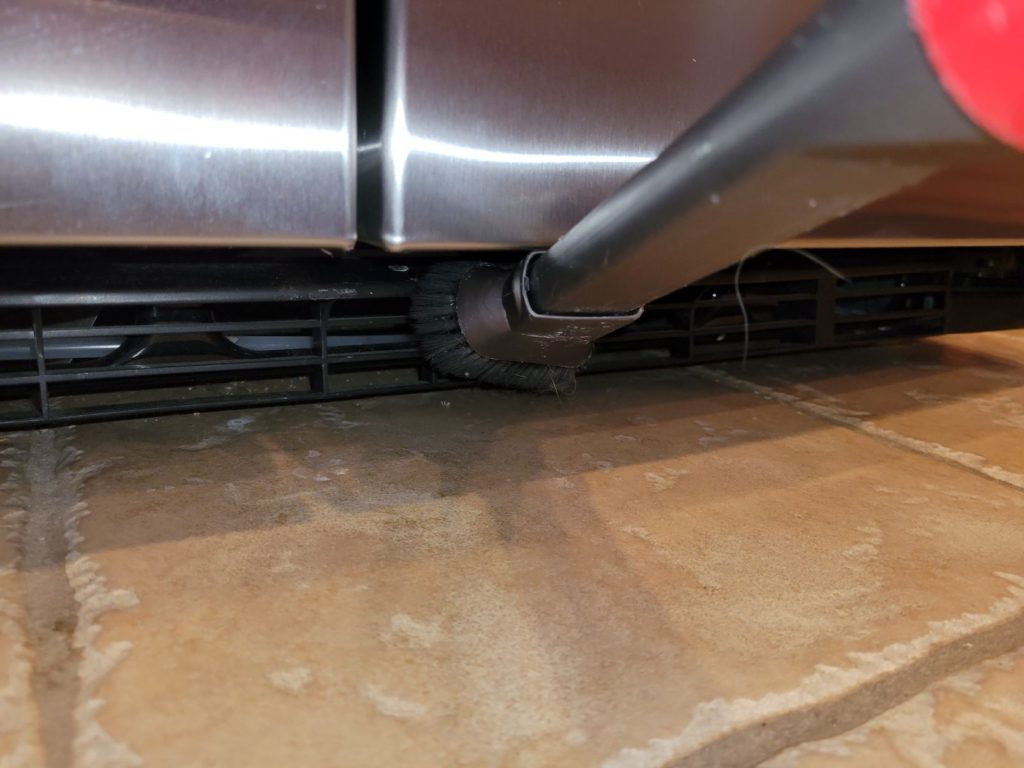
Vacuum Fridge and Freezer Coils
While this doesn’t necessarily have to be done in the winter, it should be performed at least every six months. Since there are so many more things to do to prepare your home for the spring, and fall months, this chore gets added to the winter and summer checklists.
Vacuum your refrigerator and freezer coils so as to improve the airflow and efficiency. These coils are found on the back, or bottom front of your appliance, and are used to push the heat out of the unit. Build up of dust and gunk causes them to be inefficient and have to work harder to keep your food cold. Go ahead and mop the floor and clean the walls while you have the fridge pulled out.
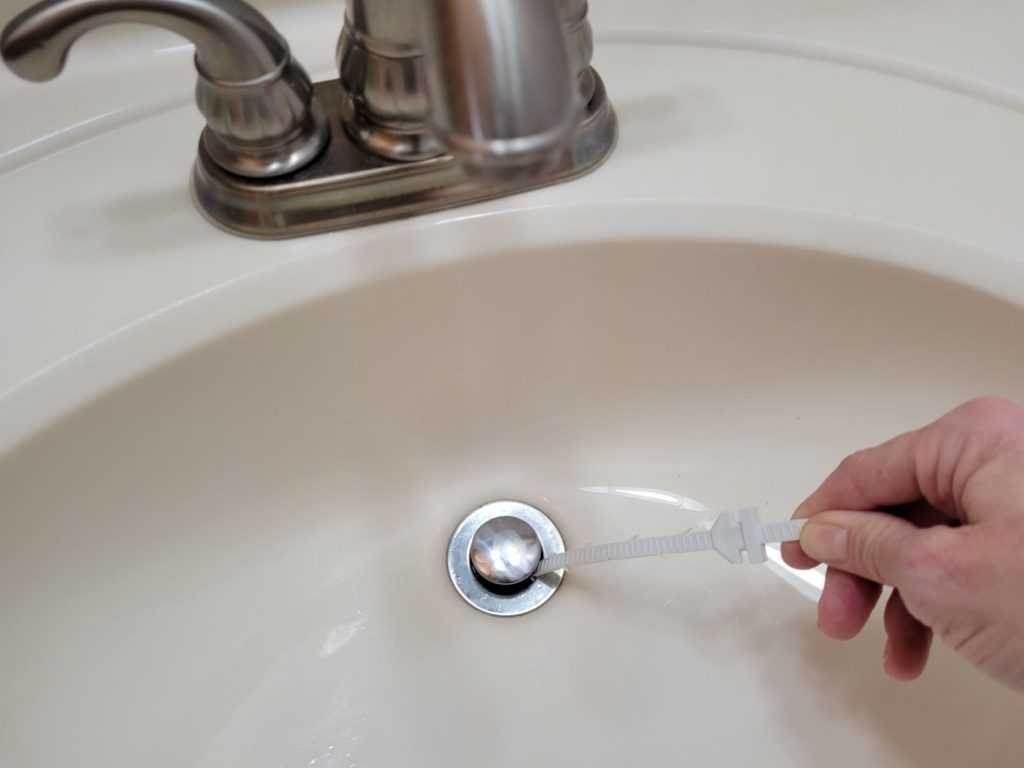
Clean Your Kitchen and Bath Drains
Again, another chore that can be done any time of the year, but gets added to the winter list so as to not add more chores to spring, summer and fall. Slow drains and stinky smells are what happen when your drains get backed up with gunk. Clean them out whenever you need, but do a thorough cleaning at least once per year.
Baking soda and vinegar combine to make a powerful cleaning agent for your drains. There is a recipe for that in the article 10 Things You Can Clean With Baking Soda and Vinegar. Additionally, try using a hair snake tool to easily remove hair and gunk from the drains.
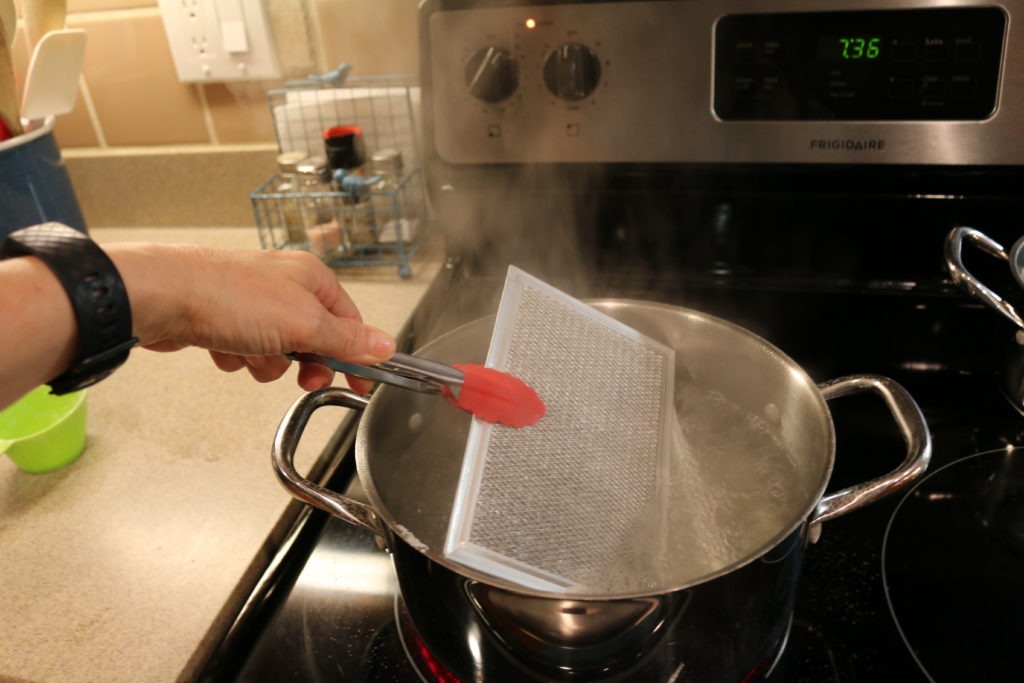
Clean Kitchen Hood and Exhaust Filter
Often overlooked, but just as important, are a clean kitchen exhaust filter and hood. Grease and dust accumulates and clogs up the filter, which causes inefficiency. Simply boil some water and slowly add in some baking soda. Place your filter in to the hot water mixture and watch it break up the stuck on grease in a matter of minutes.
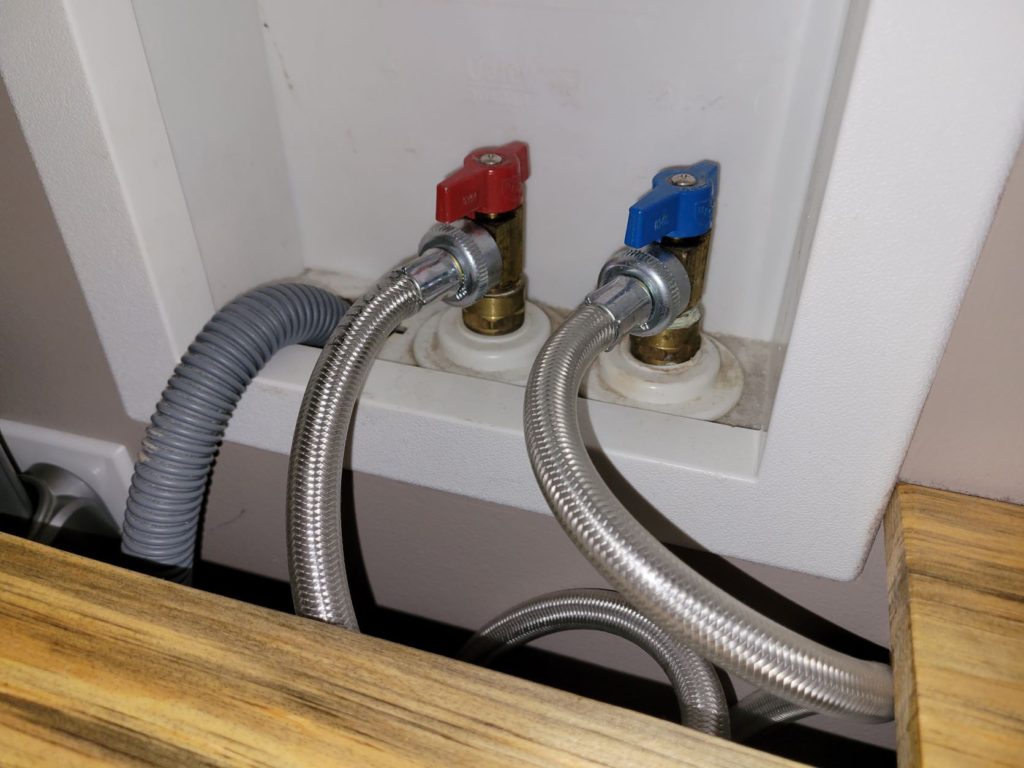
Inspect Washing Machine Hoses
Washing machine hoses weaken over time, so it’s recommended to replace them every three to five years. A burst hose spewing hundreds of gallons of water all over your house doesn’t make for a fun afternoon. Examine your hoses at least annually to check for cracks, kinks or leaking. 5 Things To Clean On Your Front Load Washer gives you tips on other things you should be doing on a routine basis.
Now that you know the 11 things to do now to prepare for winter to properly maintain your home, you can keep your investment in tip top shape. It is important to note that there are also tasks that should also be done in Spring, Summer, and Fall. Grab your free copy of the complete Home Maintenance Checklist which covers them all, broken down for you by season.

